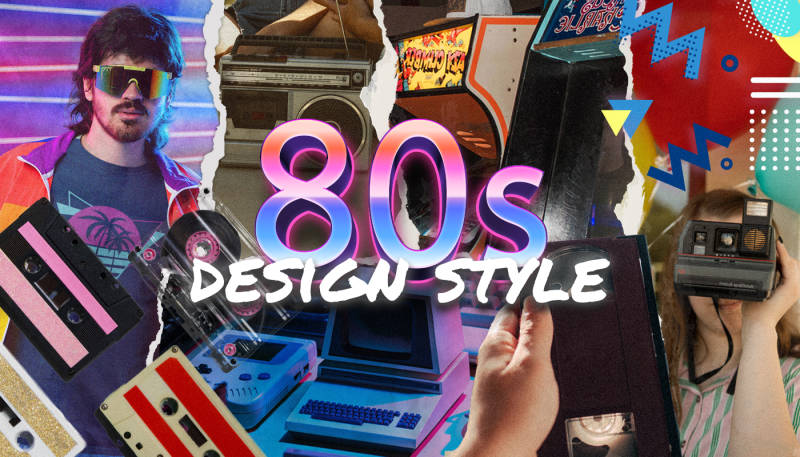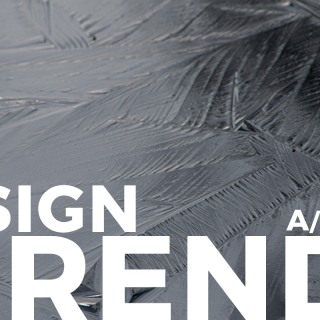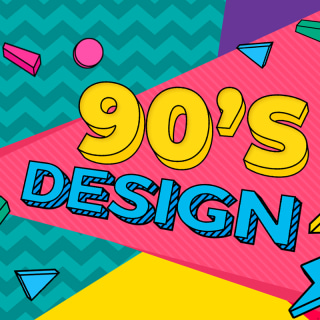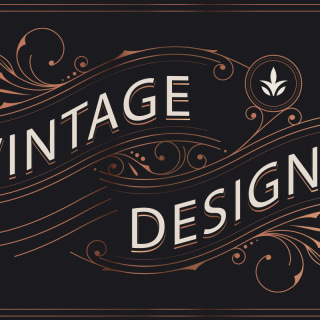The 1980s was an era of flamboyance, excess, and unapologetic self-expression. From fashion to music, the style of the ’80s left an indelible mark on popular culture. Design was no exception, as the decade ushered in a distinctive aesthetic that was loud, vibrant, and unmistakably unique. Let’s explore bold colors, geometric patterns, and futuristic influences that defined this electrifying era.
The design style of the 1980s can best be described as a fusion of eclectic influences. It was a time when the cultural zeitgeist was heavily influenced by the rapid advancements in technology, with personal computers, video games, and futuristic gadgets becoming increasingly prevalent. This technological revolution had a profound impact on design, as the aesthetic of the era sought to capture the spirit of innovation and progress. As a result, the design style of the 1980s was characterized by a vibrant color palette, geometric shapes, and an overall sense of dynamism.
One style, one word: Neon
The era of the 1980s was characterized by vibrant and striking design choices, with neon colors playing a prominent role in this trend. From electric blue to neon green, these bold and eye-catching hues were utilized to create outfits and visuals that demanded attention and turned heads.
The 80s: a brief history of design
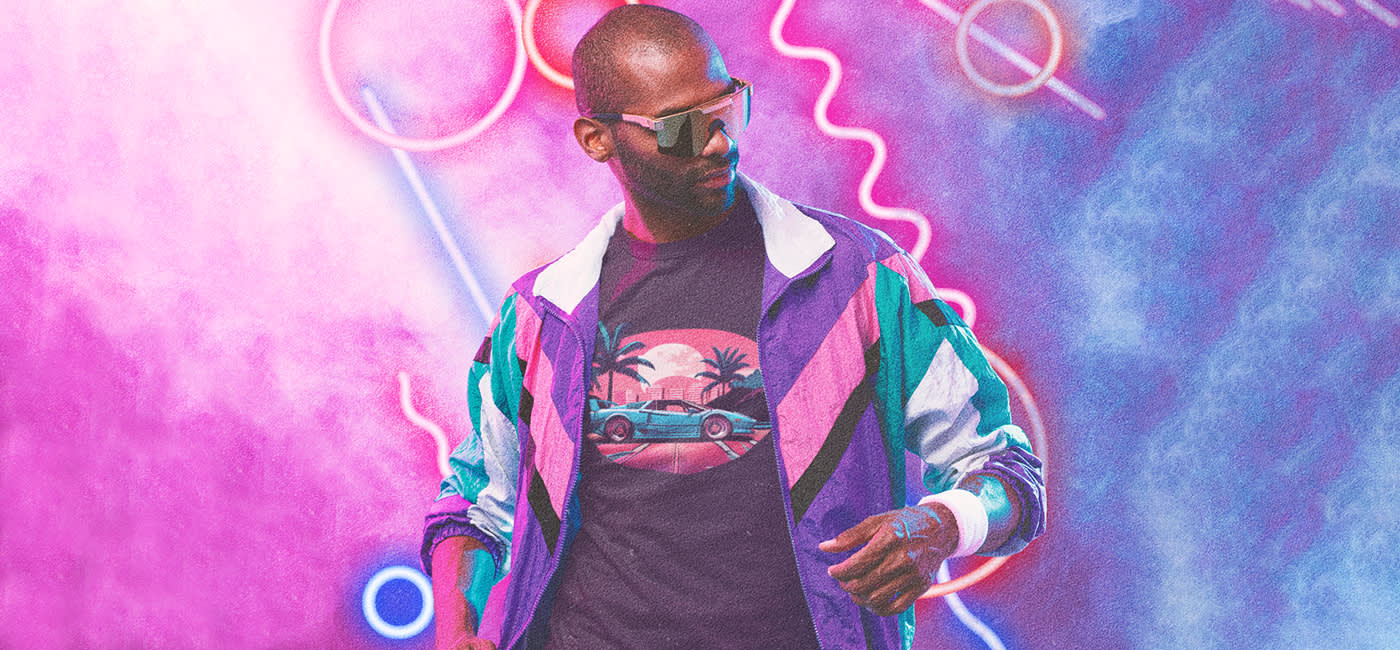
The 1980s witnessed a shift away from minimalism towards a style defined by abundance and boldness. One of the most notable design movements of the time was the Memphis style, founded by Italian designer Ettore Sottsass. This style featured geometric shapes, unconventional materials, and bright colors. Asymmetrical arrangements, outlined shapes, and exciting patterns were key elements of this design aesthetic.
Technological advancements, such as the advent of PCs, neon lights and digital displays, influenced design creations by incorporating futuristic aesthetics. These included strong light-dark contrasts, neon colors, grids, electronic markings, metallic surfaces, and sleek lines. The rise of PCs also expanded possibilities for typography and graphic design, leading to the use of bold geometric fonts, pixelated images, shimmering color palettes, and layering techniques. Pop culture references also began to be employed as central design elements.
Design elements of the 80s
1. Typography
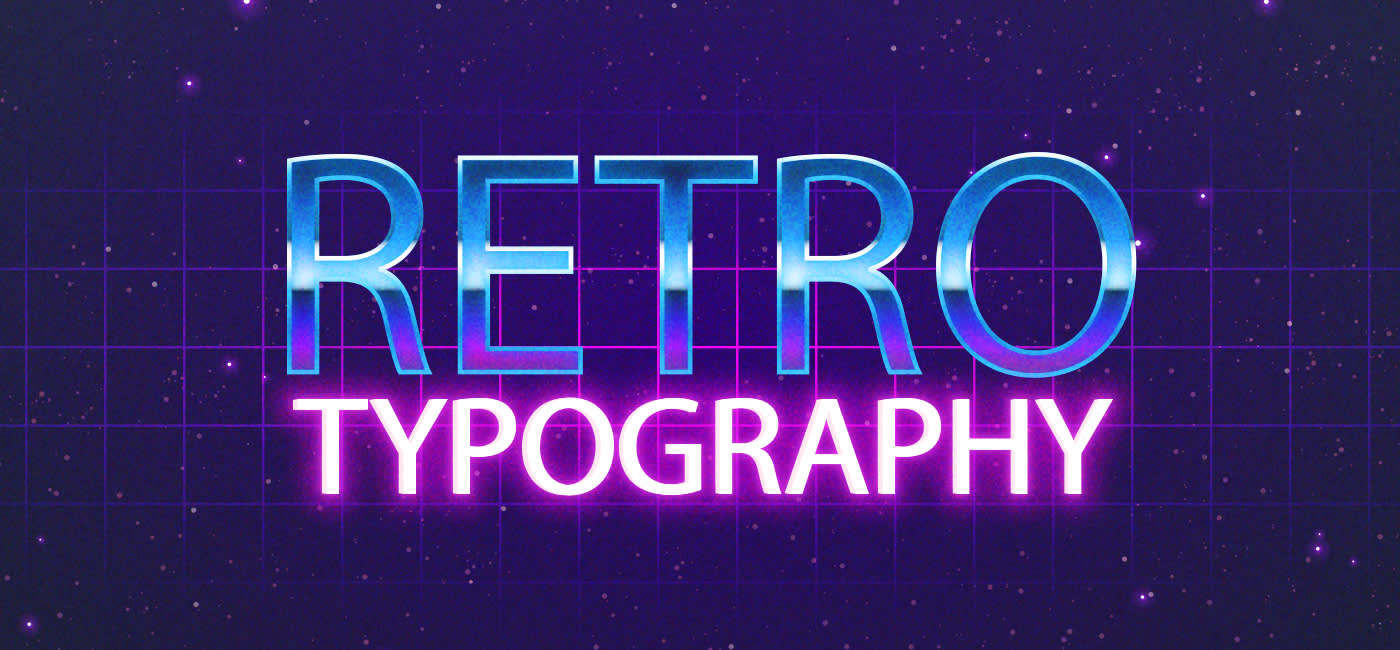
The typography of the 1980s embraced bold and geometric typefaces characterized by strong, thick lines and sharp angles. Depth and dimension were achieved using outline and shadow effects. Digital elements such as pixelated characters and grid systems were incorporated into the typefaces. Vibrant colors and metallic-looking fillings were utilized for the fillings, while gradients and airbrush effects added further visual appeal. Overlapping and layering effects added complexity and dynamism to the text.
2. Demanding attention with vivid colors
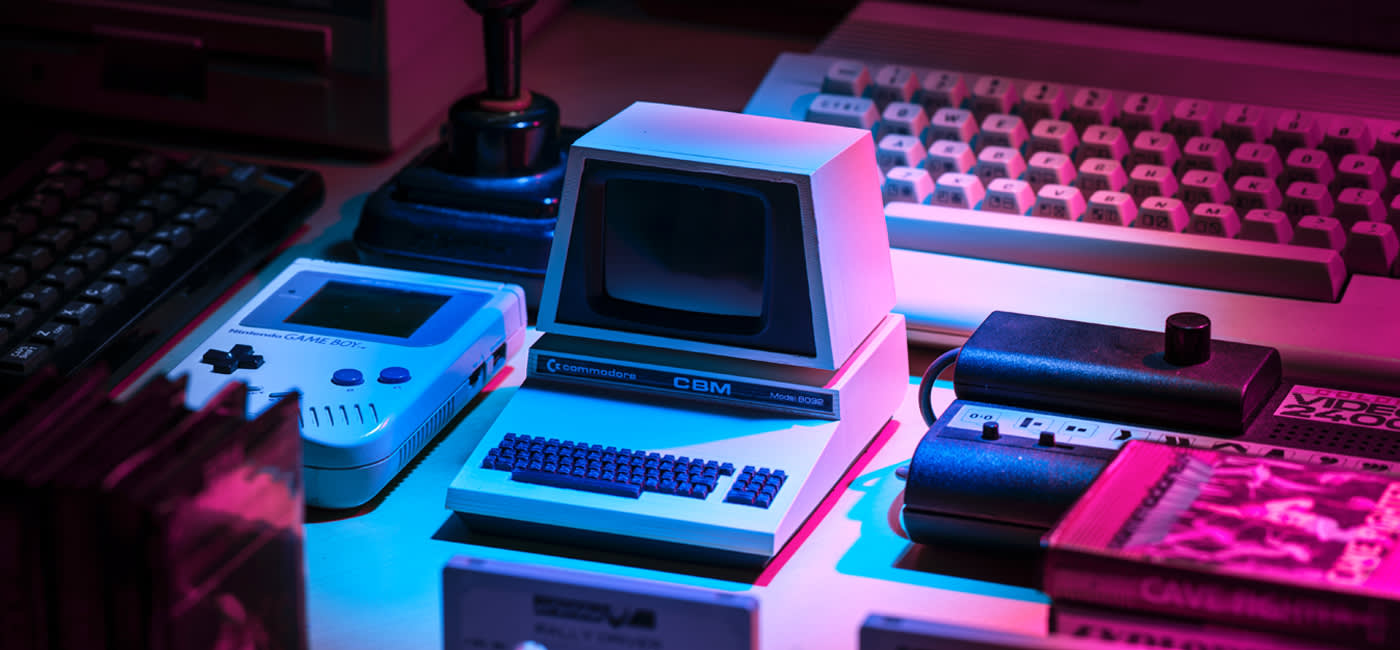
One of the most distinctive features of ’80s design was its fearless and unapologetic use of color. Bright, saturated hues took center stage, with neon shades and bold primary colors. Electric blues, hot pinks, vivid yellows, and neon greens were everywhere, from fashion to interior design. These intense colors created visually arresting and energetic compositions that commanded attention and reflected a sense of optimism and escapism, perfectly capturing the spirit of the era.
3. Geometric patterns and playful shapes
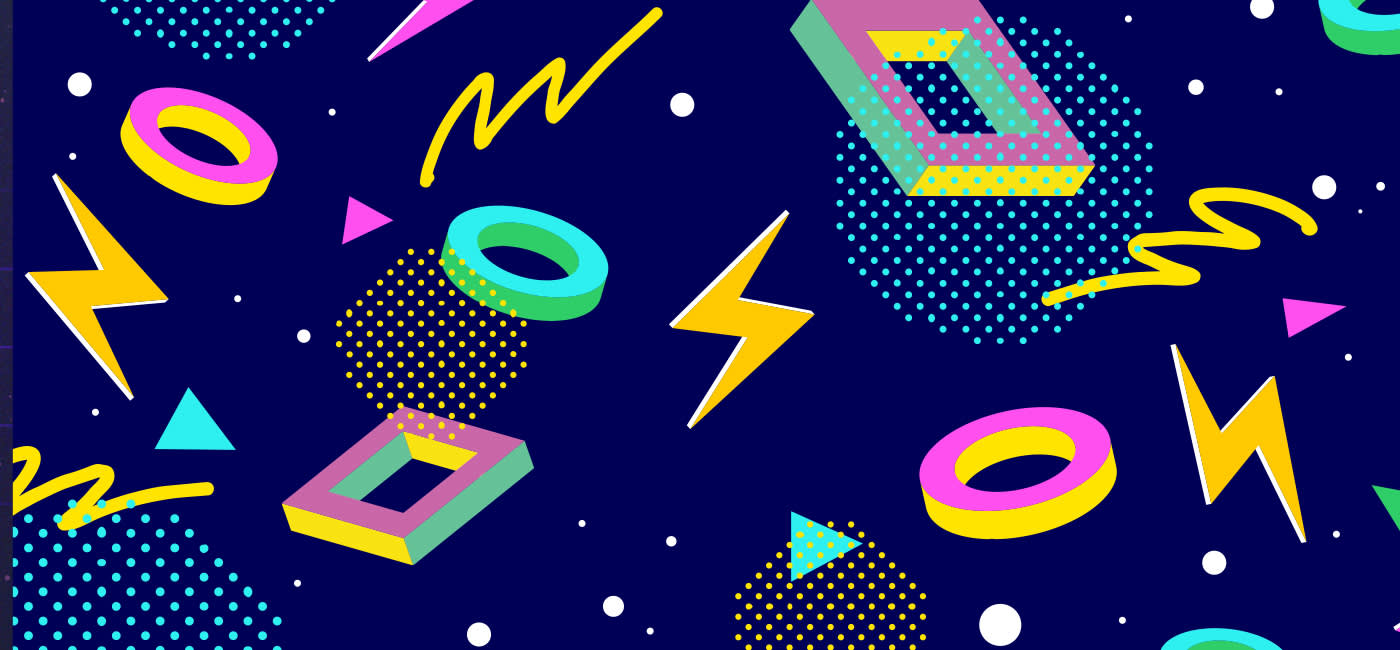
Geometric patterns and playful shapes were essential elements of the 1980s design style. Inspired by computer graphics and futuristic aesthetics from science fiction movies, designers embraced clean lines, sharp angles, and abstract forms. Triangles, squares, circles, and zigzag patterns were commonly used to create visually striking compositions. These geometric elements were often paired with vibrant colors, resulting in dynamic and visually stimulating designs that vibrated with energy and movement. The peak of this trend was exemplified by the renowned Memphis Style, known for its electric and whimsical nature, clashing colors, abstract shapes, and irregular compositions.
4. Back to the futuristic
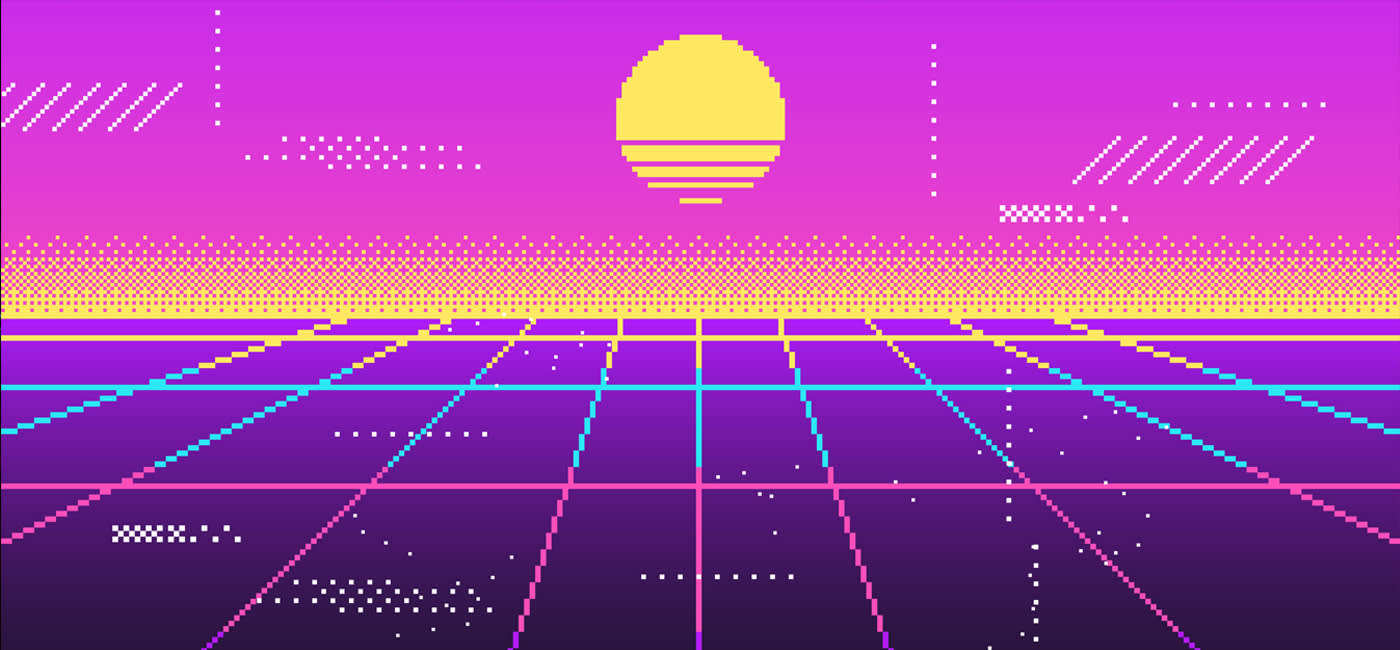
The eyes of the 1980s were focused firmly on the future, and this obsession with the unknown bled into contemporary design. Sleek, shiny surfaces, metallic accents, and futuristic motifs became prominent design elements of the time. Reflective materials like chrome and mirrored finishes were used to convey a sense of high-tech sophistication. Neon lights and grids further enhanced the futuristic aesthetic, evoking a world driven by technology and innovation.
- Pixelated graphics mirrored early computer-generated imagery as a defining element of 1980s design. Images and graphics were composed of blocky, pixel-based elements.
- Grid systems: Graphics, layouts, and interfaces often followed a systematic grid structure, providing a sense of order and precision.
- Futuristic sci-fi elements sprung from the fascination with space-age aesthetics. Futuristic typography and elements inspired by technology and robotics contributed to the otherworldly vibe.
- Glitch and VHS effects: The incorporation of imperfections and the technical limitations of early digital technology added a touch of nostalgia and retro-futurism to designs. Glitch effects, distorted visuals, and VHS-inspired aesthetics were popular during this period.
5. Floral prints
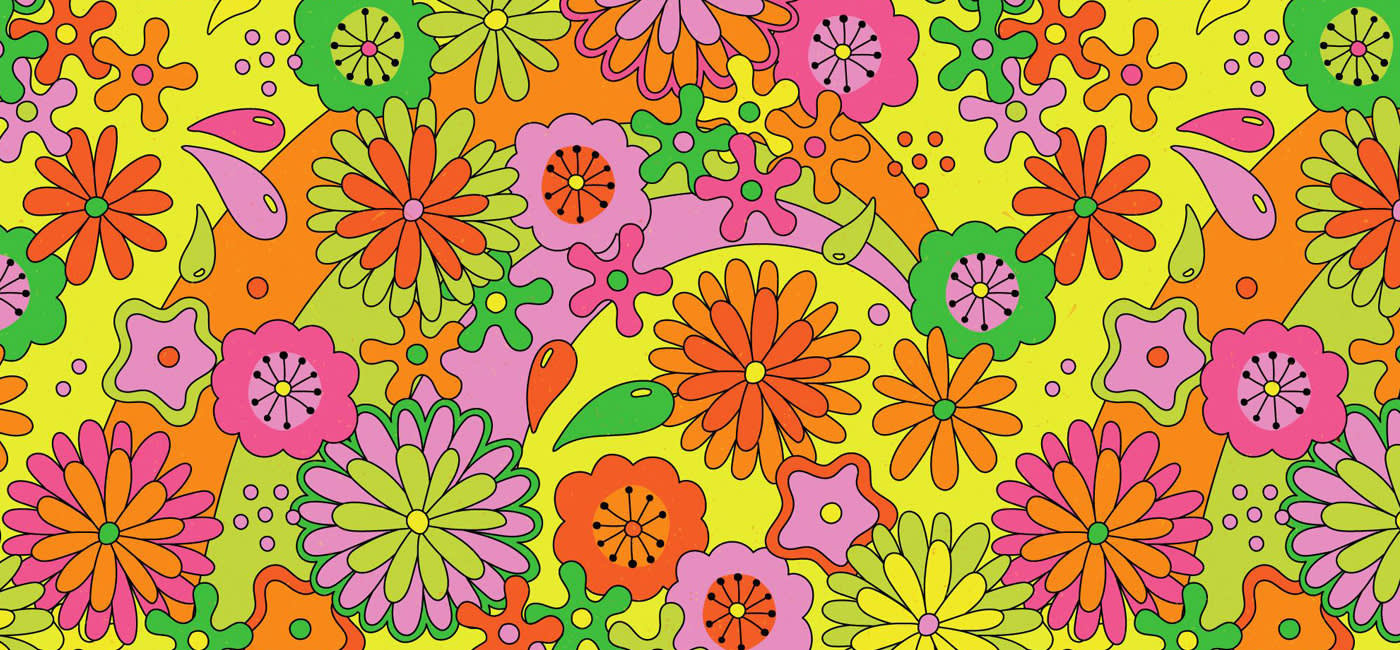
In addition to geometric shapes and futuristic elements, large-scale floral prints played a significant role in 1980s fashion. The era was known for its love of bright and intense colors, and floral prints were no exception. Electric pinks, neon greens, vibrant purples, and other bold hues were commonly used in floral patterns. The flowers were stylized and distorted, featuring unconventional shapes and exaggerated proportions. This abstract interpretation added a sense of modernity and edginess to the floral designs. Rather than adhering to a specific flower or botanical theme, floral prints in the 1980s embraced a mix of different floral varieties, resulting in lively and eclectic arrangements.
6. Pop culture influence and post-modernism

The design style of the 1980s was heavily influenced by popular culture and the rise of postmodernism. References to the past, including art deco, Memphis design, and the pop art movement, were reimagined through a contemporary lens. Fashion and design choices were greatly influenced by pop culture icons such as Madonna and Michael Jackson. The era embraced juxtaposition, combining bold and seemingly conflicting elements to create visually engaging compositions. This embrace of eclecticism and irony became a defining characteristic of postmodern design.
Just do it: inspiration & tutorials
Inspired to dive into the world of retro and learn to create your own ‘80s aesthetics? Here are a few of our favorite tutorials to get you started:
We’ve also created a Pinterest mood board for those of you who are hungry for more ‘80s design!
Get out there and start designing or check out this blog post to level up your design skills.
